NASA’s Mars Opportunity Rover Is Likely Dead
The Mars Opportunity rover, the most well-traveled robot ever sent to another world, is dead.
NASA lost contact with Opportunity in June 10, 2018, after the rover was engulfed in a giant dust storm. Since then, mission operators at the Jet Propulsion Laboratory have made over 835 attempts to re-establish communication. The last call to the robot was sent late on Tuesday night, Pacific time. Opportunity, or Oppy as it's affectionately called, did not respond.
NASA paid tribute to the mission in a briefing on Wednesday.
In its 15 years on Mars, Oppy drove 45.16 kilometers (28.06 miles) across the Meridiani Planum region near the planet's equator, by far the longest distance of any off-Earth terrain vehicle. (The Soviet Lunokhod 2 Moon rover is the runner-up, with 24 miles.) It is the only robot that "ran" a marathon distance on another world.
Opportunity outlived its planned mission duration of 90 days 55 times over, distinguishing it as one of NASA's most resilient and productive interplanetary explorers.
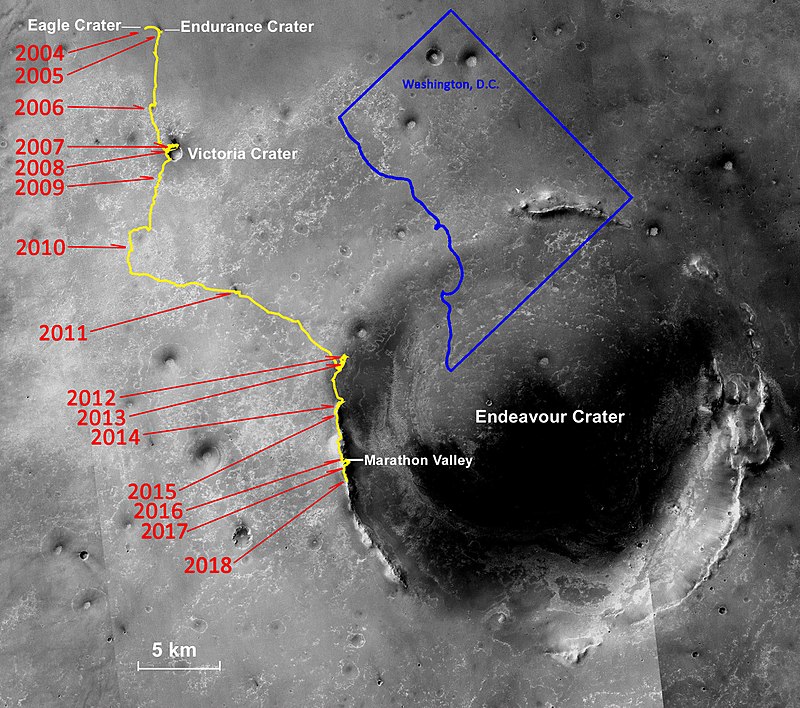 Opportunity's full journey, with Washington DC outline for a size comparison. Image: James919
Opportunity's full journey, with Washington DC outline for a size comparison. Image: James919Oppy and its twin Spirit were launched three days apart in July 2003 as part of NASA's Mars Exploration Rover (MER) program. Spirit arrived on Mars first, landing in the Martian Gusev crater on January 4, 2004. Opportunity touched down on the other side of the planet three weeks later, on January 25.
Spirit was immobilized by a sand trap in 2009, and the last contact with the rover was made on March 22, 2010. It was officially retired in 2011.
Oppy spent its lifetime on Mars racking up important discoveries and sending home stunning images from its travels over crater-pocked plains.
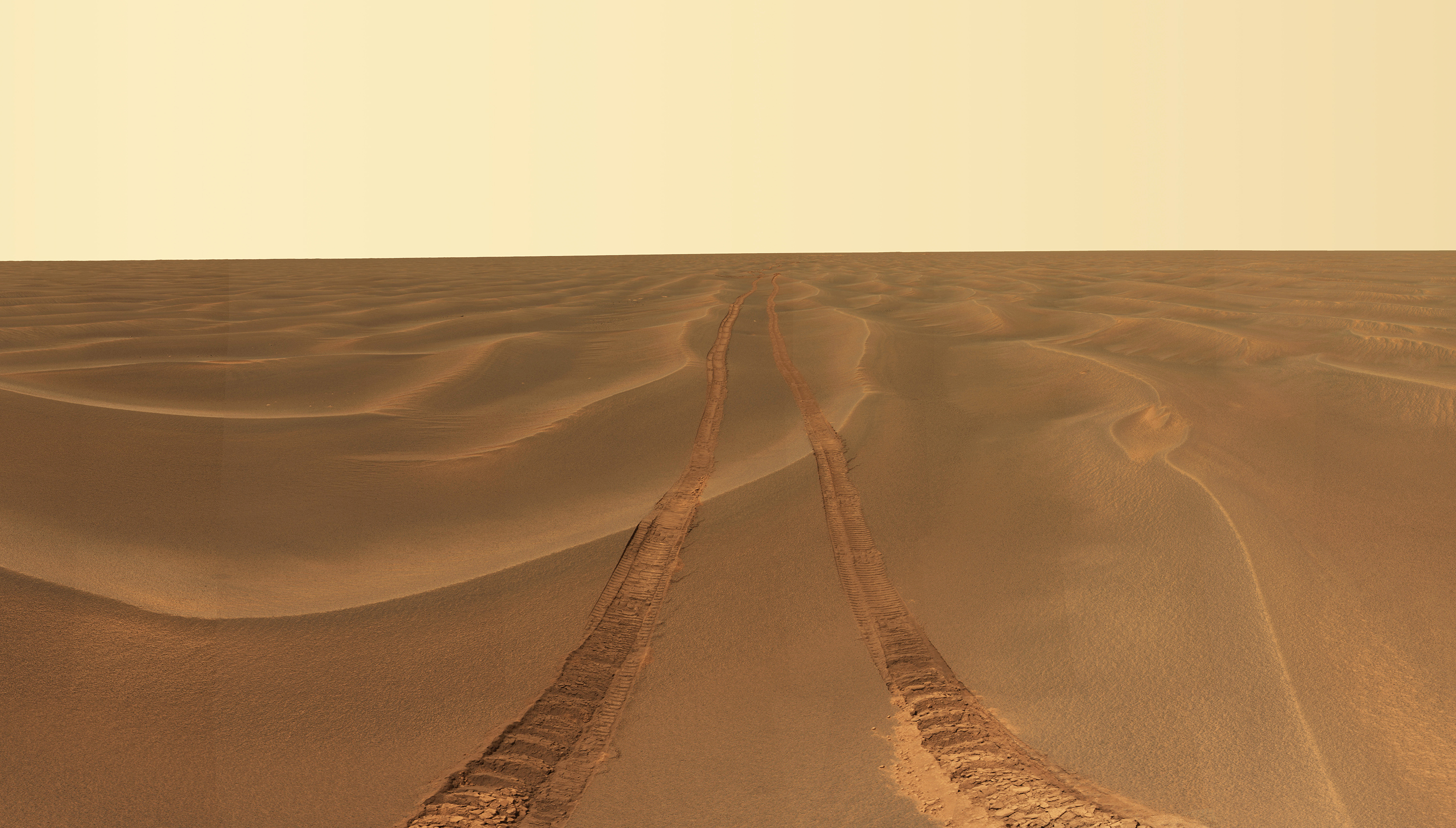 Opportunity image taken 2005. Image: NASA/JPL/Cornell
Opportunity image taken 2005. Image: NASA/JPL/CornellIn 2005, the rover discovered a basketball-sized meteorite near its discarded heat shield called the Heat Shield Rock (or more formally, the Meridiani Planum meteorite).
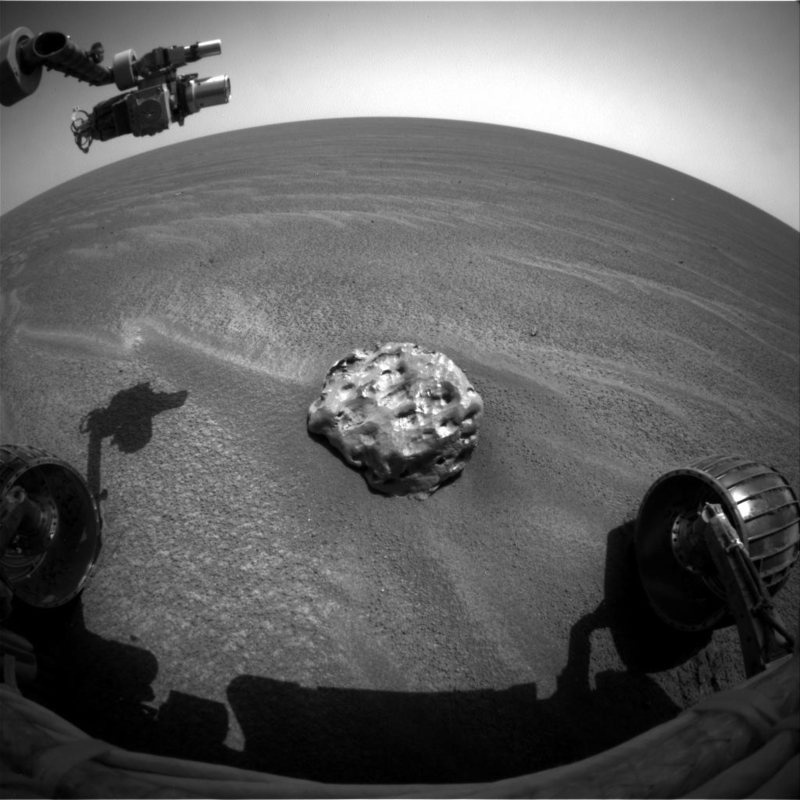 Opportunity's view of the Heat Shield Rock, 2005. Image: NASA/JPL/Opportunity
Opportunity's view of the Heat Shield Rock, 2005. Image: NASA/JPL/OpportunityIt was the first meteorite ever found on another planet, though two of these space rocks had previously been discovered on the Moon.
The rover also came across an abundance of tiny spherical objects called Martian spherules, nicknamed "blueberries," created by multiple processes including volcanic eruptions, meteor impacts, and contact with water.
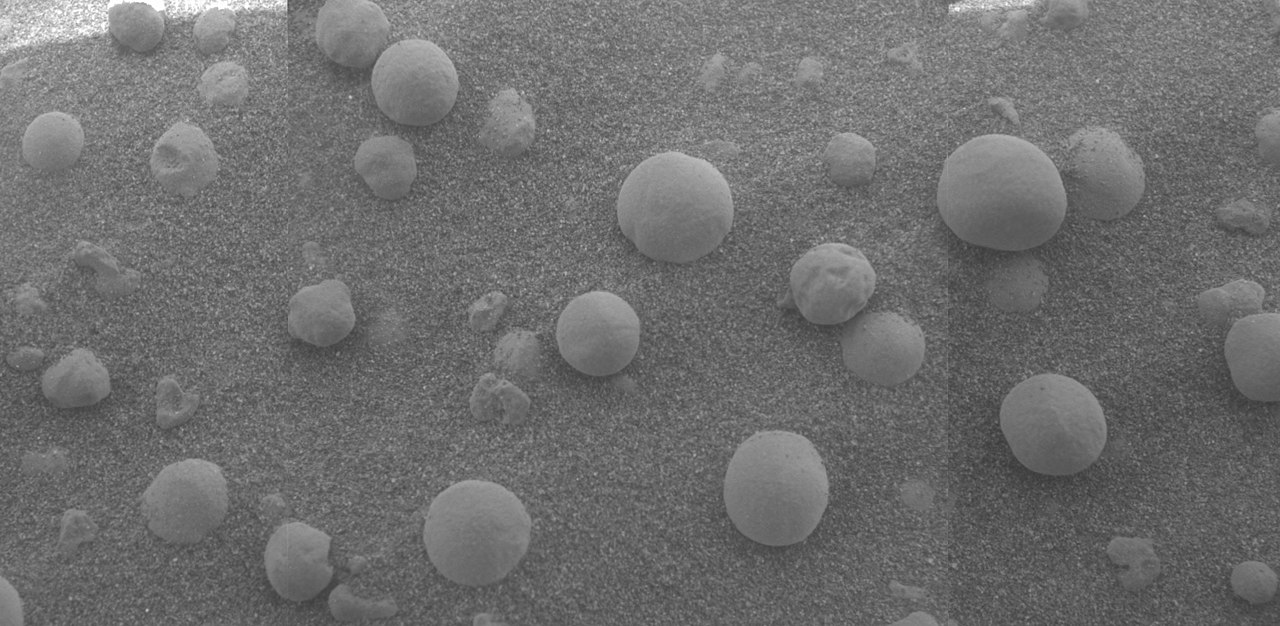 Opportunity's pictures of Martian spherules. Image: NASA/JPL/Cornell/USGS
Opportunity's pictures of Martian spherules. Image: NASA/JPL/Cornell/USGSOpportunity's experiments and observations also confirmed that Meridiani Planum was drenched in water billions of years ago, when Mars was experiencing a wet phase. This work yielded major insights into the potential habitability of ancient Mars, which in turn informs the likelihood of alien life elsewhere in the universe.
Read More:Why We Love To Anthropomorphize Spaceships
But what Oppy may be remembered for most is its sheer workhorse tenacity. It was the little rover that could-and did.
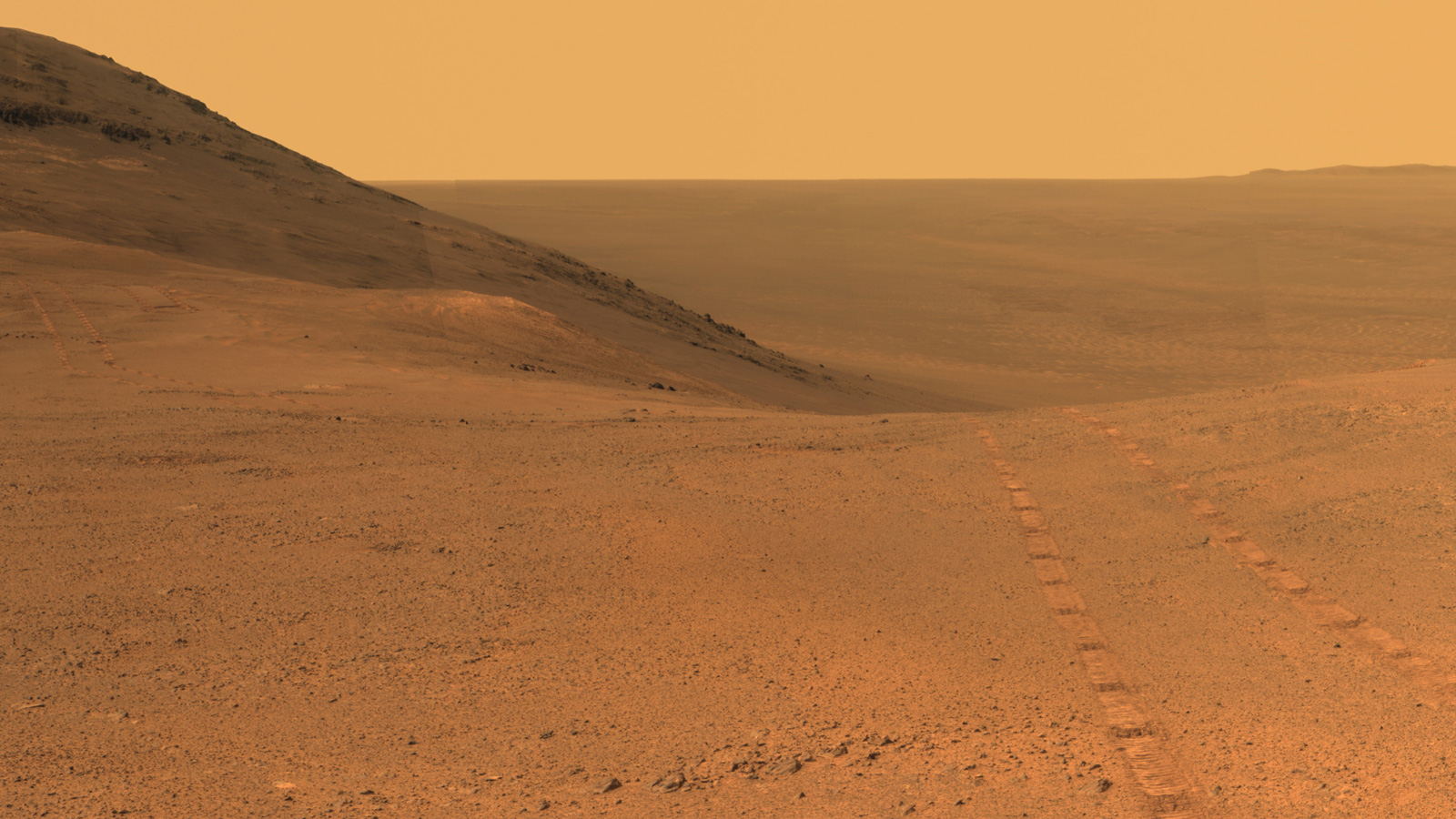 One of Opportunity's last images, taken in June 2017. Image: NASA/ JPL-Caltech/ Cornell/ Arizona State University
One of Opportunity's last images, taken in June 2017. Image: NASA/ JPL-Caltech/ Cornell/ Arizona State UniversityIn the end, it took one of the most intense dust storms ever observed on Mars-a tempest that encircled the entire planet-to stop the rover in its tracks. Its final resting place is at the edge of Perseverance Valley, a fitting place for a tireless robot.
Update: NASA officially announced the end of the Opportunity mission, and thus the MER mission, at 2pm ET on Wednesday, February 13.
Get six of our favorite Motherboard stories every dayby signing up for our newsletter.